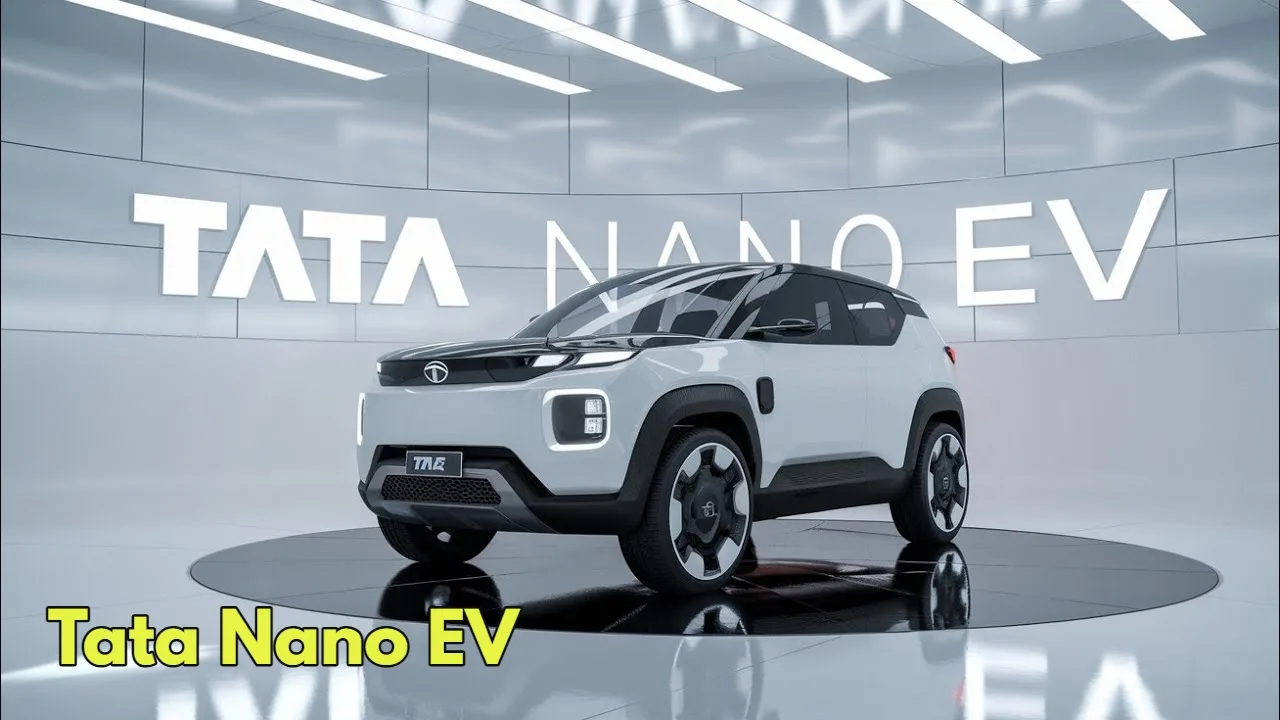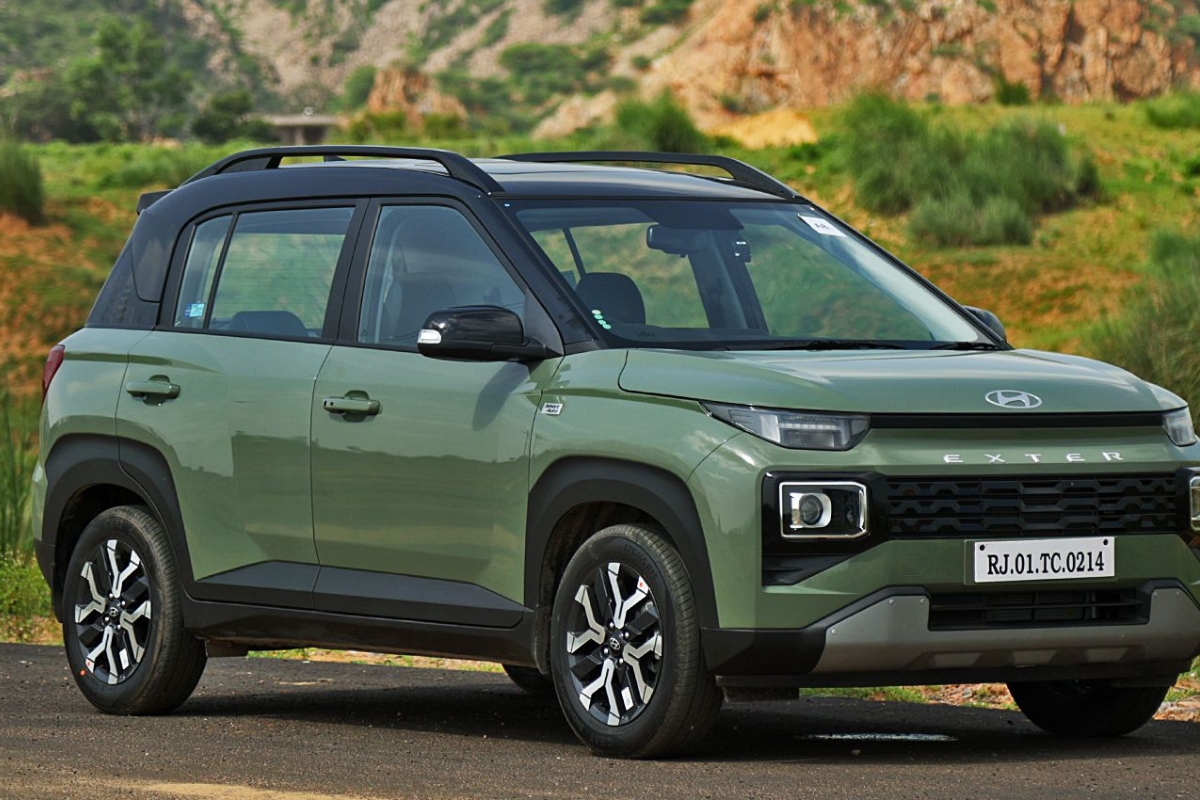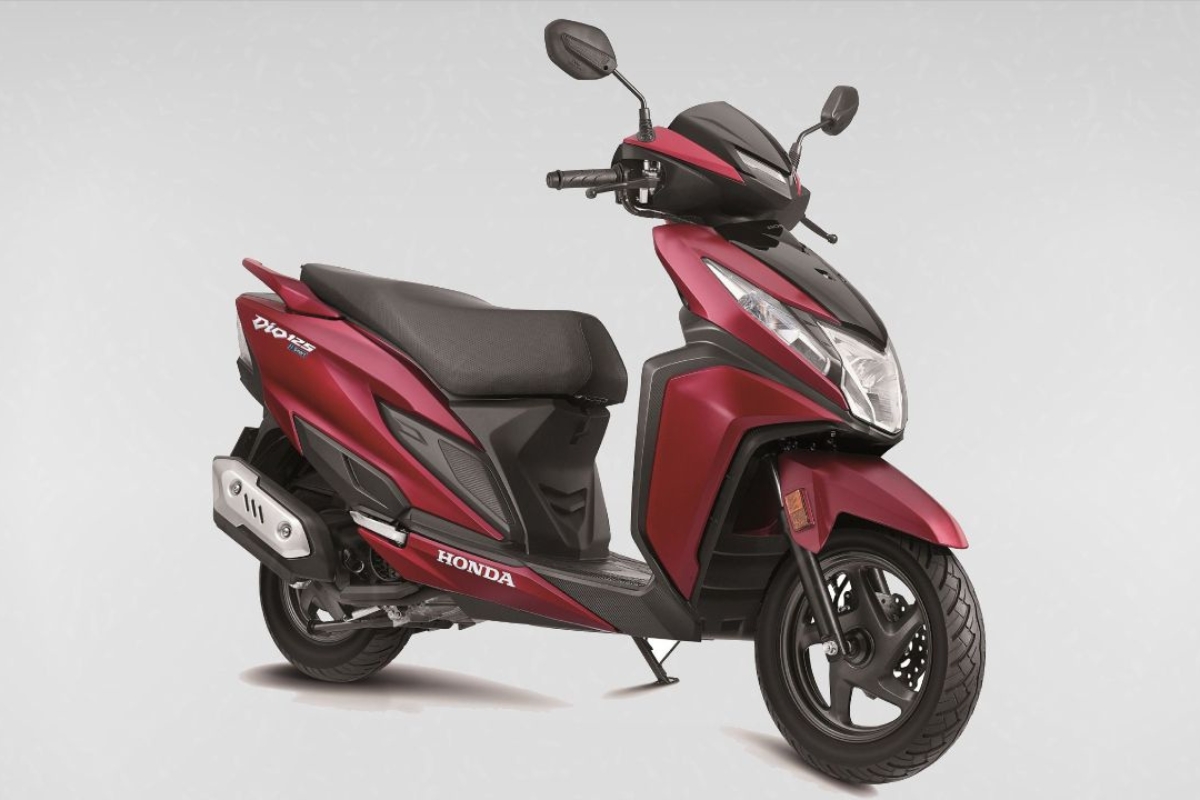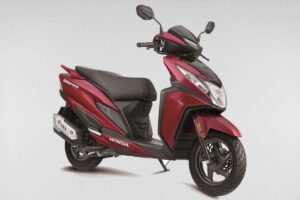Meta Description: The Tata Nano, once envisioned as the “people’s car,” is set to make a comeback in an all-electric avatar in 2025. The Nano EV promises to be a practical and affordable electric car for urban India. This rewrite explores the anticipated changes, focusing on potential design refinements, feature enhancements, battery and powertrain advancements, and its appeal to budget-conscious car buyers.
Design Evolution
The 2025 Tata Nano EV is expected to retain its compact dimensions and overall form factor, essential for navigating congested city streets. However, expect a modern refresh to distinguish it from its previous iterations. Imagine smoother lines, a slightly more sculpted body, and a redesigned front fascia, perhaps with a closed-off grille indicative of its electric nature, along with updated lighting elements, likely incorporating LED technology for both the headlamp and taillamp.
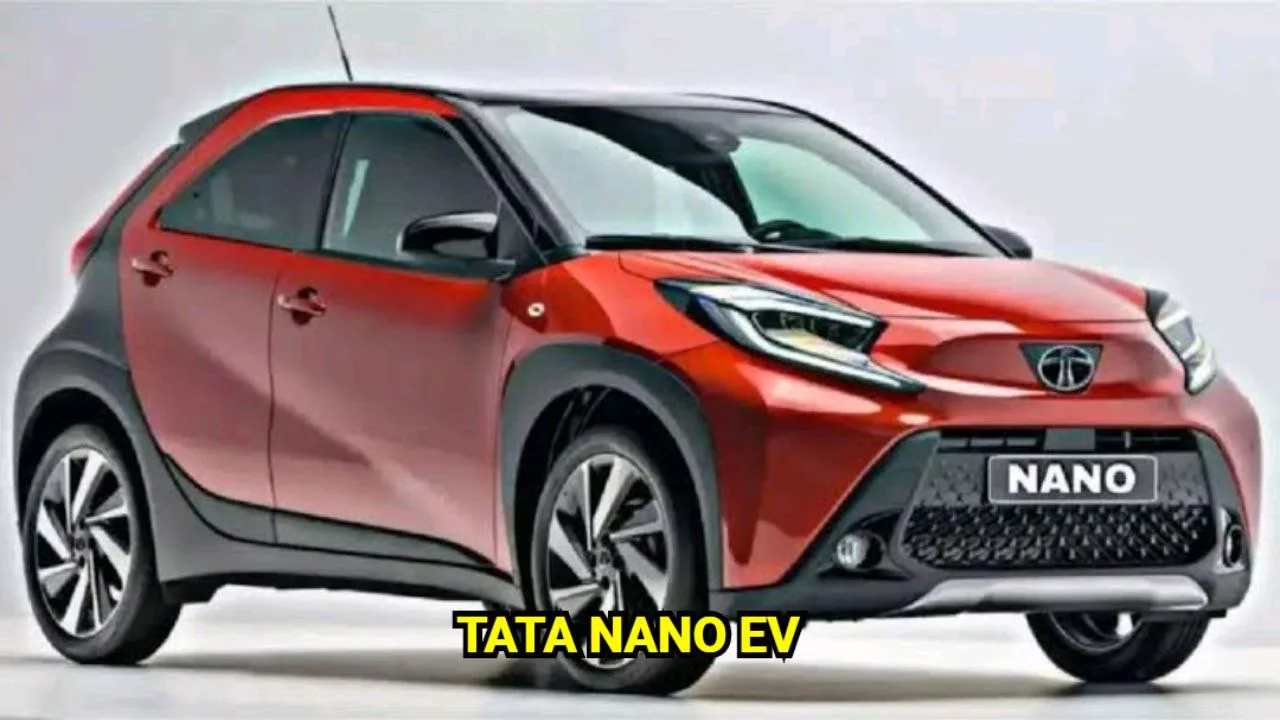
Interior Refinements
Stepping inside the 2025 Nano EV, the focus will likely be on maximizing space and practicality within its compact dimensions. Expect a functional and user-friendly interior, with improved materials and a more modern dashboard layout. The infotainment system could feature a touchscreen display, incorporating essential information like speed, battery level, range, and perhaps even navigation. Comfort features like air conditioning and power windows are likely to be standard, and perhaps even features like a USB charging port for added convenience. Given its city-focused nature, clever storage solutions and maximizing interior space will be crucial, and we can expect Tata Motors to be innovative in this area.
Electric Powertrain
The heart of the Nano EV will be its electric powertrain. While specific details are still under wraps, Tata Motors’ expertise in electric vehicle technology suggests a focus on efficiency, range, and affordability. Expect a battery pack that offers a competitive range, suitable for both daily commutes and city errands. The electric motor is likely to provide smooth and responsive acceleration, making it ideal for urban environments. Charging options and charging times will be crucial factors, and Tata Motors will likely offer various charging solutions, including fast charging capabilities. Regenerative braking, which captures energy during deceleration, could also be a feature, further enhancing efficiency and range.
Safety and Affordability
Safety will be a key consideration for the Nano EV. In addition to standard safety features like airbags, ABS with EBD, and reverse parking sensors, the new model could offer additional safety technologies. Tata Motors might also focus on improving the structural integrity of the car for enhanced occupant protection. The primary focus, however, will be on keeping the Nano EV affordable and accessible to a wide range of buyers. Therefore, while some advanced safety features might be available on higher trims, the core focus will be on providing essential safety at a competitive price point.
The Nano EV Advantage
The Tata Nano EV has the potential to democratize electric mobility in India, offering a compelling combination of affordability, practicality, and zero-emission driving. The 2025 model is expected to build upon this potential, offering further enhancements in design, features, battery technology, performance, and safety. Tata Motors’ extensive service network and reputation for value will be significant advantages. With competitive pricing, the Nano EV has the potential to become a popular choice for city dwellers looking for a practical, eco-friendly, and affordable car.
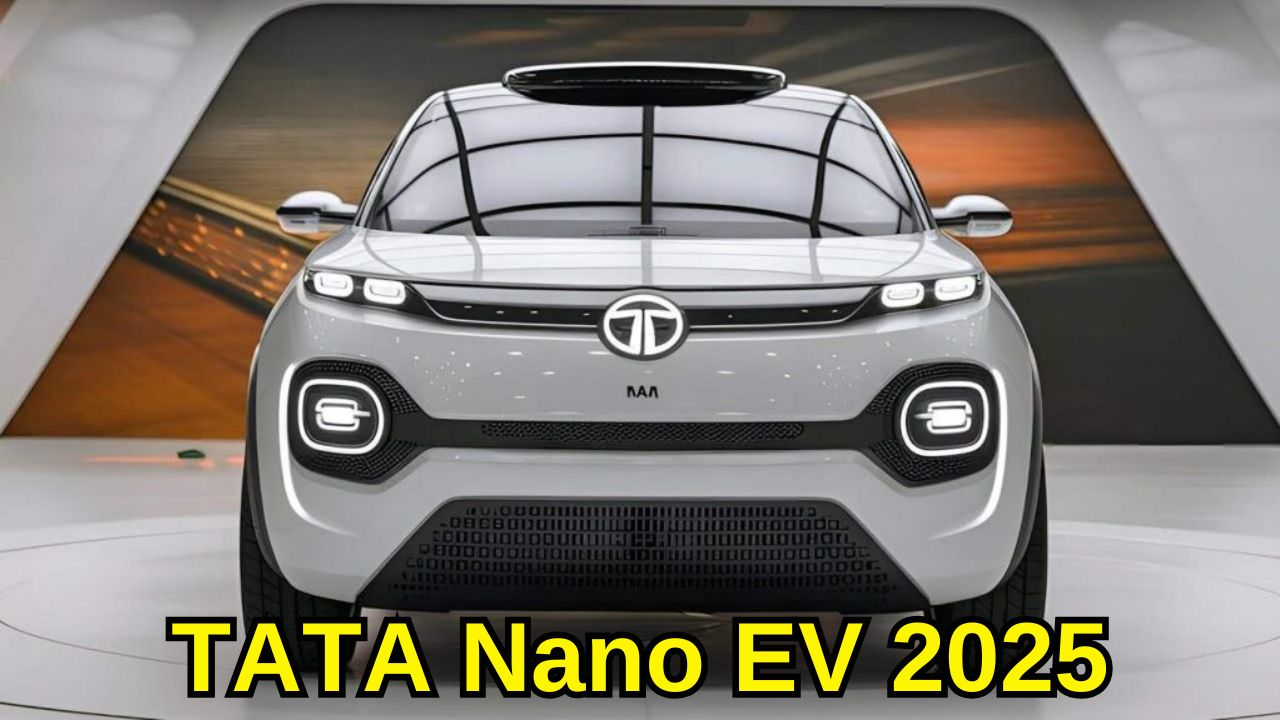
Final Thoughts
The 2025 Tata Nano EV represents a significant step towards making electric cars accessible to a wider audience in India. With its anticipated blend of practicality, modern features, a capable electric powertrain, and Tata Motors’ established brand reputation, it’s poised to be a game-changer in the entry-level electric vehicle segment. While we await official details from Tata Motors, the indications point towards a refined and efficient electric car that caters to the evolving needs of Indian consumers. It has the potential to not just lead the entry-level electric car segment, but to redefine urban mobility for budget-conscious buyers. Keep an eye out for more updates as we get closer to its launch.
- Park Top Class Maruti Swift In Your Courtyard By Paying Rs 1 Lakh, Without Paying Any EMI
- Hyundai Venue EV 2025 Electrifying Urban Adventures
- Tata Harrier 2025 Evolving the Urban SUV, Redefined
- Kia Sonet 2025 Setting the Pace in the Subcompact SUV Race

